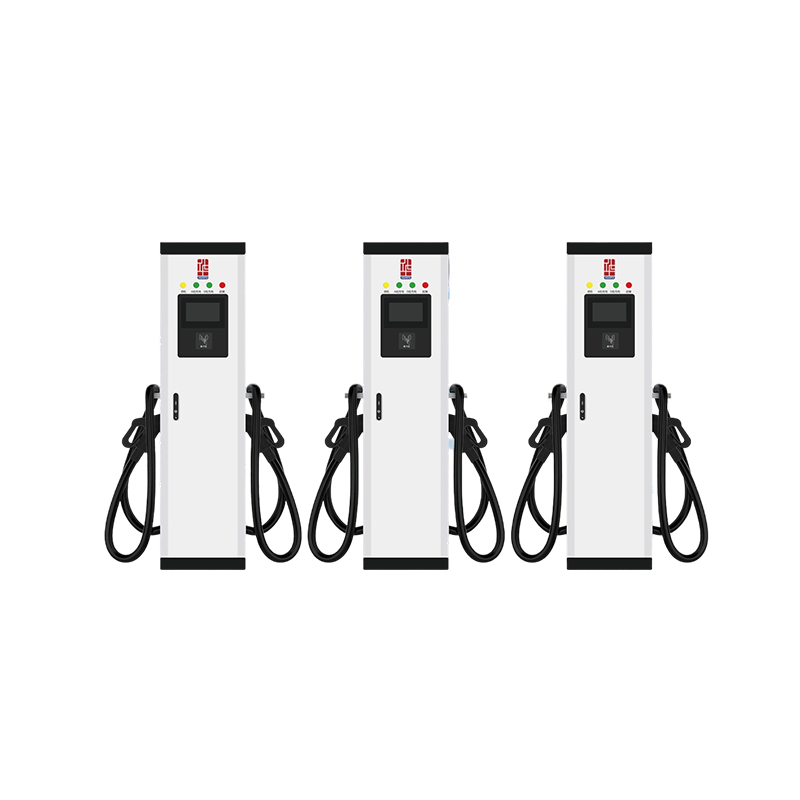Industry News
Mobile Energy Storage Charging Pile: Advancing EV Charging Flexibility
Introduction
The Mobile Energy Storage Charging Pile is becoming an increasingly important solution in the transition toward electrified transportation. Unlike fixed charging stations, mobile units combine portability with stored energy, enabling charging services to be deployed quickly in diverse environments. From city streets to rural areas, this innovation is redefining how energy can be delivered to electric vehicles.

Mobile Energy Storage Charging Pile: Technological Progress
Recent developments have brought noticeable improvements to mobile charging technology. Higher-capacity batteries now allow longer operation times, supporting multiple vehicles before recharging is necessary. Fast-charging compatibility also ensures that drivers can shorten waiting times without relying solely on traditional infrastructure.
Moreover, modular structures make it possible to adjust capacity for different needs. Smaller units are useful for temporary events or pilot projects, while larger versions can support high-traffic zones such as commercial centers. This flexible design reduces the need for costly permanent installations.
Digital control features are another step forward. Real-time monitoring and remote operation help providers manage energy flows more effectively. When linked with local distribution systems, mobile charging units can support balanced energy use, easing pressure on existing grids during peak demand.
Mobile Energy Storage Charging Pile: Industry Challenges
Despite the progress, several challenges remain for large-scale adoption. High production costs remain a barrier, as the integration of advanced batteries and intelligent systems increases initial investment. Although operating benefits are clear, many organizations still weigh the financial feasibility carefully.
Battery durability is another concern. Frequent charge and discharge cycles gradually reduce storage capacity, requiring effective maintenance and eventual replacement. Addressing this issue will require innovations in battery chemistry and stronger recycling programs to manage lifecycle costs.
Differences in charging standards also affect deployment. Safety codes and technical requirements vary across regions, which slows the ability to expand internationally. Consistent frameworks will be important to support interoperability and safe use in different markets.
Mobile Energy Storage Charging Pile: Future Opportunities
The outlook for mobile charging solutions is promising, as they can serve roles that fixed stations cannot. Emergency response scenarios, for example, require quick access to electricity, and mobile charging units can restore essential services without delay.
Rural and remote areas also stand to gain significant value. In locations where permanent infrastructure is limited, mobile charging provides a practical path to make electric vehicles more accessible. This benefit is particularly relevant in countries that are encouraging nationwide electrification.
The integration of renewable energy further strengthens the case for mobile storage. Units equipped with solar panels or connected to wind-powered grids can deliver cleaner charging options, lowering emissions and reducing reliance on fossil fuels. This alignment with sustainability goals makes the technology appealing for governments and private companies alike.
Conclusion
The Mobile Energy Storage Charging Pile represents a practical and forward-looking approach to supporting the future of transportation. Innovations in design and technology are pushing the industry forward, while challenges highlight the need for cooperation among manufacturers, regulators, and energy providers. With strong potential for applications in cities, rural regions, and emergency services, mobile charging solutions are set to play an essential role in the global adoption of electric vehicles.
For more detailed product information, please contact Huapu Company.
Next
Digital Circuit Breaker: Innovation in Power Management and Energy Efficiency
<p><strong style="font-weight: bold;"><span style="font-family: Calibr...
View MoreNews Center
- PRODUCTS
- New Energy Power Distribution Equipment
- Box Type Substation
- Cable Branch Box/Switch Station
- High Voltage Switchgear
- Low Voltage Switchgear
- Engineering Vacuum Circuit Breaker
- New Energy Vehicle Floor Charging Pile
- Commercial Energy Storage
- Photovoltaic Complete Box
- High Voltage Arrester
- INFORMATION
-
-
Phone+86-13868788848
+86-13356188725 -
Tel+86-0577-88810567
-
E-mail
-
AddNo. 59, Youyi Road, Xinguang Industrial Zone, Liushi Town, Yueqing City, Zhejiang, China
-
- ENQUIRE WITH US
Photovoltaic Module Manufacturer




 English
English  中文简体
中文简体  русский
русский  Español
Español  عربى
عربى 


